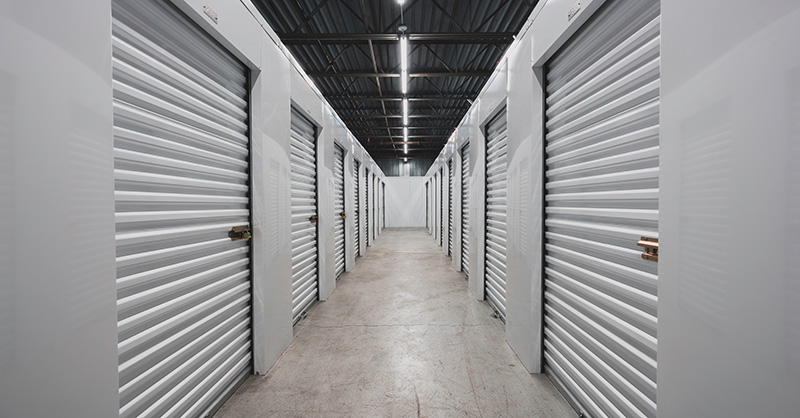Controlling Static Electricity Around Propane

Most of us have felt a static spark, perhaps when exiting a car, turning off a light, or even pulling off a sweater. These sparks may be annoying, but are seldom painful.
Perhaps that is why some of us don’t associate a static spark with significant energy and, specifically, ignition energy. Science has taught us that the smallest static spark an average person can feel, see or hear is measured at about 3,000 volts.
The actual static discharge event lasts only 300 billionths of a second. It’s over before it can hurt the human body. The flash of light seen with the static spark is actually the superheated air that continues to glow after the electrons have stopped moving.
Even though the static spark is very fast, it gives off energy in the form of heat and light. At 3,000 volts, a static spark from your fingertip will deliver about .50 millijoules (mJ) of energy. While this may not sound like much, propane mixed with air at 2.15% to 9.60% only requires about .25 to .30 mJ of energy for ignition.
The smallest static spark you can see or feel has double the energy required to ignite propane!
Static electricity is all around us. It is not possible to eliminate it completely, but you can control its generation and provide safe discharge paths.
- Know the area
Be aware of static discharge control areas. These are any areas where propane vapors may be released or pooled. While some areas may be designated as static discharge control areas, you should consider any transfer, storage or processing location where the odor of propane is present as a static discharge control area. Be sure to take appropriate static discharge prevention measures. Remember, the odor of propane is a warning. - Ground your personnel
Are all personnel in the static discharge control area properly grounded? People generate static charge by movement, and they can carry the charge a considerable distance before discharging. Static-safe footwear or temporary foot grounders allow the wearer to discharge safely to a static-safe floor or floor mat before the charge levels become great enough to spark. Other grounding methods are available, including conductive wrist bands with cords. - Ensure proper attire
Cotton and cotton blends will generate less static electricity than most synthetics and polyester materials. Even better, static-safe garments and fabric treatments are available. Be aware of any garments or layers of garments that snap and crackle when put on or removed. Never put on or remove garments inside a static discharge control area. - Clean up
Remove all plastics, high-density polyethylene (HDPE) and other synthetic materials from static discharge control areas. Chargeable materials necessary for operation may be treated with topical anti-static coatings. - Follow the code
Is your equipment properly grounded? Any electrical equipment inside a static discharge control area must be installed in accordance with NFPA 58 and state electrical codes and regulations. Metal, non-electrical stationary equipment, such as rollers, should also be grounded. - Observe your processes
Most static electricity comes from the friction between materials. Processes that involve non-conductive materials will usually generate static electricity. - Limit access
Limit access to static discharge control areas to those people necessary to conduct normal business activities. - Listen
Take note of the observations of people working in static discharge control areas. They are the ones who witness static discharge events first hand and thus are the first to be aware of a static threat.
From “Static Electricity in the Propane Industry” by Ron J. Zezulka, TB&S Consultants and Ed Ferguson, AmeriGas Propane, L.P. Published by the Propane Education and Research Council; www.PropaneCouncil.org.









